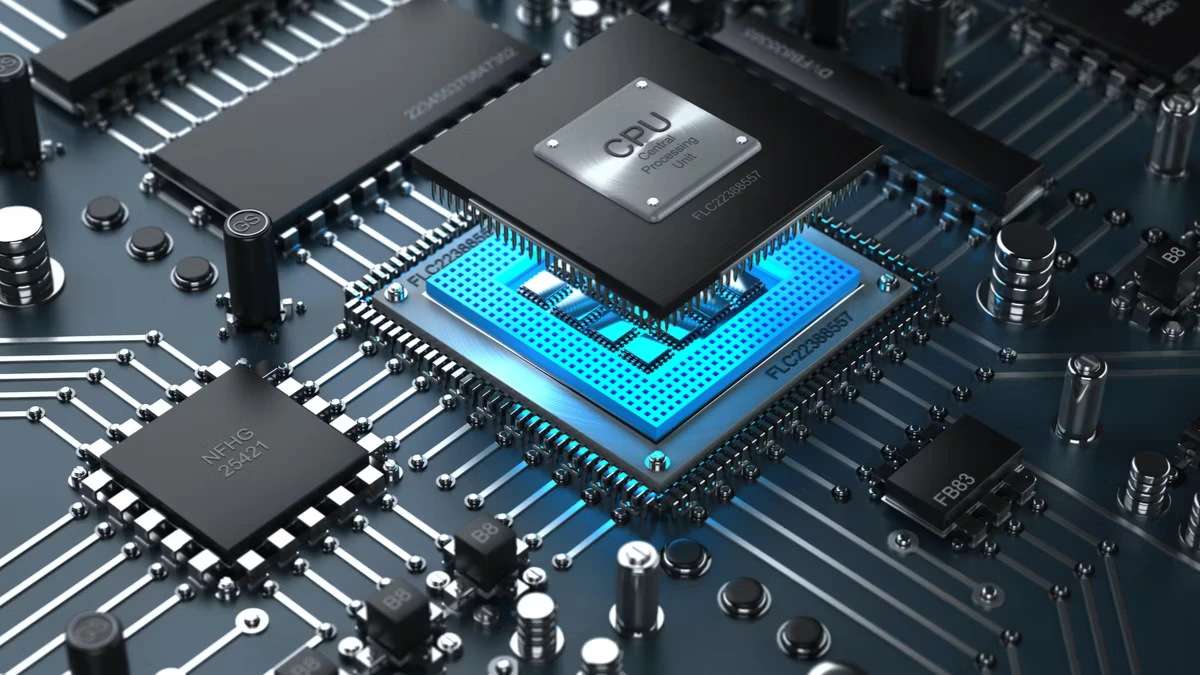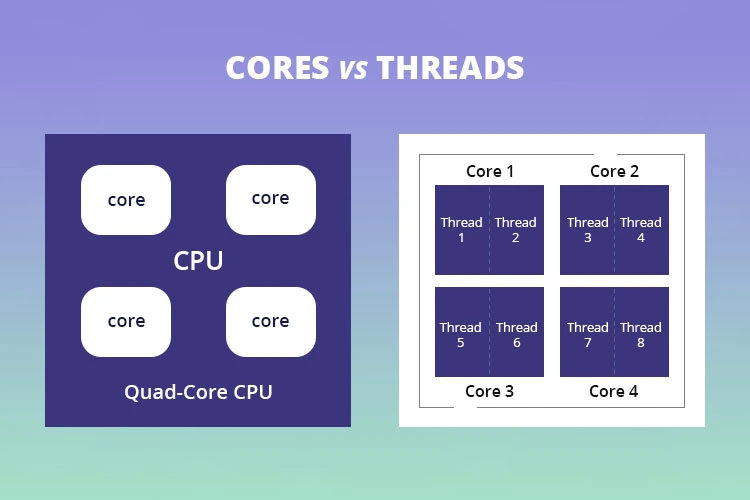
CPU Cores Explained: The Key to Better Performance and Multitasking
CPU cores form the heart of modern computer processors. They are the essential components that handle tasks and calculations within a central processing unit (CPU). Each core acts as an independent processor, allowing multiple operations to run simultaneously. This capability enables faster performance and smoother multitasking on computers and devices.
The number of cores in a CPU greatly impacts its performance. Single-core processors can only handle one task at a time, while multi-core CPUs can work on several tasks at once. This parallel processing power is crucial for demanding applications like gaming, video editing, and complex computations. More cores generally mean better performance, especially for programs designed to use multiple cores effectively.
Understanding CPU cores helps users make informed choices when buying computers or upgrading systems. Different tasks require varying numbers of cores. Basic web browsing and word processing may only need a dual-core processor. However, high-end gaming or professional video editing often benefit from six or more cores. Matching the number of cores to your needs ensures optimal performance without overspending on unnecessary processing power.
Understanding CPU Cores
What is a CPU Core?
Imagine your computer’s brain. That’s the CPU (Central Processing Unit). Now, picture that brain with multiple sections, each capable of handling different tasks. These sections are CPU cores. They are the tiny workhorses within the CPU that execute the instructions that make your computer run.
Why More Cores Matter
Think of it like a kitchen. One cook can only prepare one dish at a time. But with multiple cooks, you can have several dishes cooking simultaneously. Similarly, more CPU cores mean your computer can handle more tasks at once. This leads to smoother multitasking, faster application loading, and improved performance in demanding tasks like gaming and video editing.
Cores vs. Threads
To further complicate things, there’s another factor: threads. A thread is like a smaller task within a core. Some CPUs utilize a technology called hyperthreading, which allows a single core to handle multiple threads concurrently. It’s like a chef multitasking between different steps of a recipe.

How Many Cores Do You Need?
The ideal number of cores depends on your needs. For basic tasks like browsing and email, a dual-core processor might suffice. However, for gaming, video editing, or running complex software, you’ll benefit from a quad-core or higher processor.
| Number of Cores | Suitable for |
|---|---|
| Dual-core (2 cores) | Basic tasks, web browsing, email |
| Quad-core (4 cores) | Gaming, moderate multitasking, mainstream applications |
| Hexa-core (6 cores) | Demanding applications, video editing, high-end gaming |
| Octa-core (8 cores) | Professional workloads, content creation, heavy multitasking |
Key Takeaways
- CPU cores are individual processing units within a processor that handle tasks independently
- More cores enable faster performance and better multitasking abilities
- The ideal number of cores depends on the user’s specific needs and tasks
Understanding CPU Cores and Their Impact on Performance
CPU cores are essential components that determine a computer’s processing capabilities. They execute instructions, handle tasks, and influence overall system performance.
Fundamentals of CPU Cores
A CPU core is an independent processing unit within a processor. It can run programs and perform calculations on its own. Modern CPUs often have multiple cores, allowing them to work on several tasks at once.
Each core contains key parts like the arithmetic logic unit (ALU) for math operations. It also has registers to store data and cache memory for quick access to information. The number of cores affects how many programs a computer can run smoothly at the same time.
Multicore Processing and Task Management
Multicore CPUs boost performance by spreading work across cores. This lets computers handle complex tasks faster. For example, a quad-core CPU can work on four different things at once.
The operating system and programs need to be designed to use multiple cores. Task Manager in Windows shows how programs use different cores. Some tasks, like video editing, benefit greatly from more cores. Others may not see much improvement.
Hyper-Threading, used by Intel, creates two logical CPUs from one physical core. This helps the system run even more tasks at the same time.
The Evolution and Innovation of CPU Cores
CPU cores have come a long way since single-core processors. Manufacturers like Intel and AMD keep making cores faster and more efficient. They pack more transistors into smaller spaces, which boosts speed and saves energy.
New CPU designs focus on specialized cores for different tasks. Some cores handle everyday jobs, while others tackle heavy workloads. This approach improves performance and energy use.
Clock speeds, measured in GHz, still matter. But core count and design are now just as important. High-end CPUs for workstations can have dozens of cores to handle complex jobs like 3D rendering or scientific simulations.
Frequently Asked Questions
What is the difference between a CPU core and a processor?
A CPU core is a single processing unit within a processor. A processor can have multiple cores, which allows it to handle multiple tasks simultaneously.
How do I know how many cores my CPU has?
You can find out how many cores your CPU has by checking your computer’s system information. In Windows, you can find this in the System Settings. On a Mac, you can find it in the About This Mac window.



